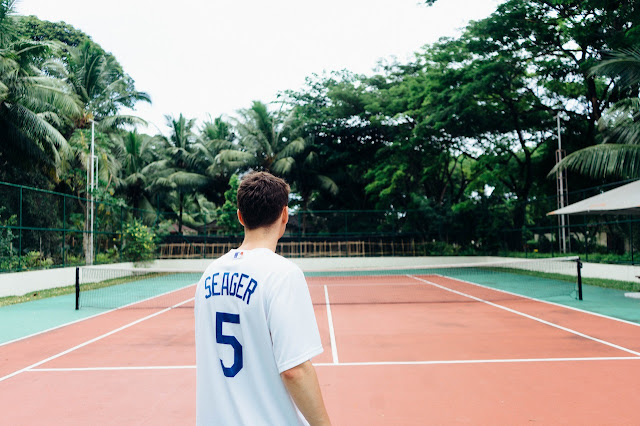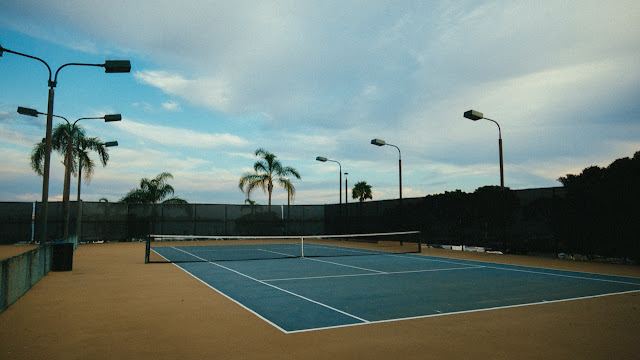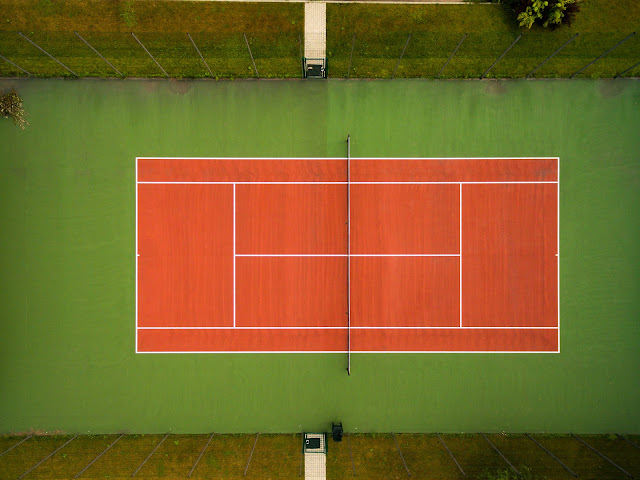Complete Guide To Installing A Tennis Court In Your Backyard
Are you a tennis enthusiast who wishes they could just walk out their back door and play a game whenever they wanted? There's nothing better than watching a game from the privacy of your own garden. However, there are many crucial details to consider before beginning an Installation of Tennis Courts Caribbean. Setting up your own playing field not only allows you to play whenever you like but also has many additional advantages.
1. Decide the surface options
Tennis has been played on anything from mud and wood to grass, clay, and concrete ever since it was first invented. While modern courts tend to be paved, clay is still a popular alternative for those who like a more leisurely game. Fans of Wimbledon know that grass is used because of the ball's low and rapid bounce.
In tennis, the court's surface can have a dramatic effect on play. It determines the height and speed of the ball's bounce, as well as how you should maneuver on the court.
2. Maintenance capability
Every surface of the tennis courts in the Caribbean requires different upkeep. Clay courts require extensive upkeep because it is necessary to maintain the surface dampness at all times. As a result, you have to ensure that you have a sufficient amount of water.
Concrete surfaces, on the other hand, require the least amount of upkeep and are, therefore, the best option for those searching for low-maintenance tennis court surfaces.
3. Lighting
Twenty feet is the ideal distance above the court surface that lights should be hung on the tennis courts. In modern times, certain lighting is directed solely at the court and does not illuminate the surrounding areas.
4. Hitting wall
When installing a tennis court, hitting boundaries is an additional consideration that should be made. Practice and warm-ups are the most effective uses for it, despite the fact that it is not a vital component in comparison to other components. This function can also be fulfilled by retaining walls.
5. Design
The more different layouts of tennis courts you can manage, the lower your overall costs will be. Having said that, the more labor and time you'll require, the better.
6. Drainage system
If it continues to rain, you do not want the water to pool on your court. To keep your investment safe and secure, you need a slope that is steep enough to direct water away from the court so that it can drain properly. It would be ideal if the ground were rather level. In fact, it's preferable if your court is raised above the surrounding area. It's possible that you'll need to look into installing an underground drainage system or perforated drain pipes that are surrounded by stones.
Agile Courts are here to help you get done with the installation of the Tennis Courts and Padel Courts Caribbean with its wide range of accessories. Get onboard at our website and check out all that we have stocked for you!



Comments
Post a Comment